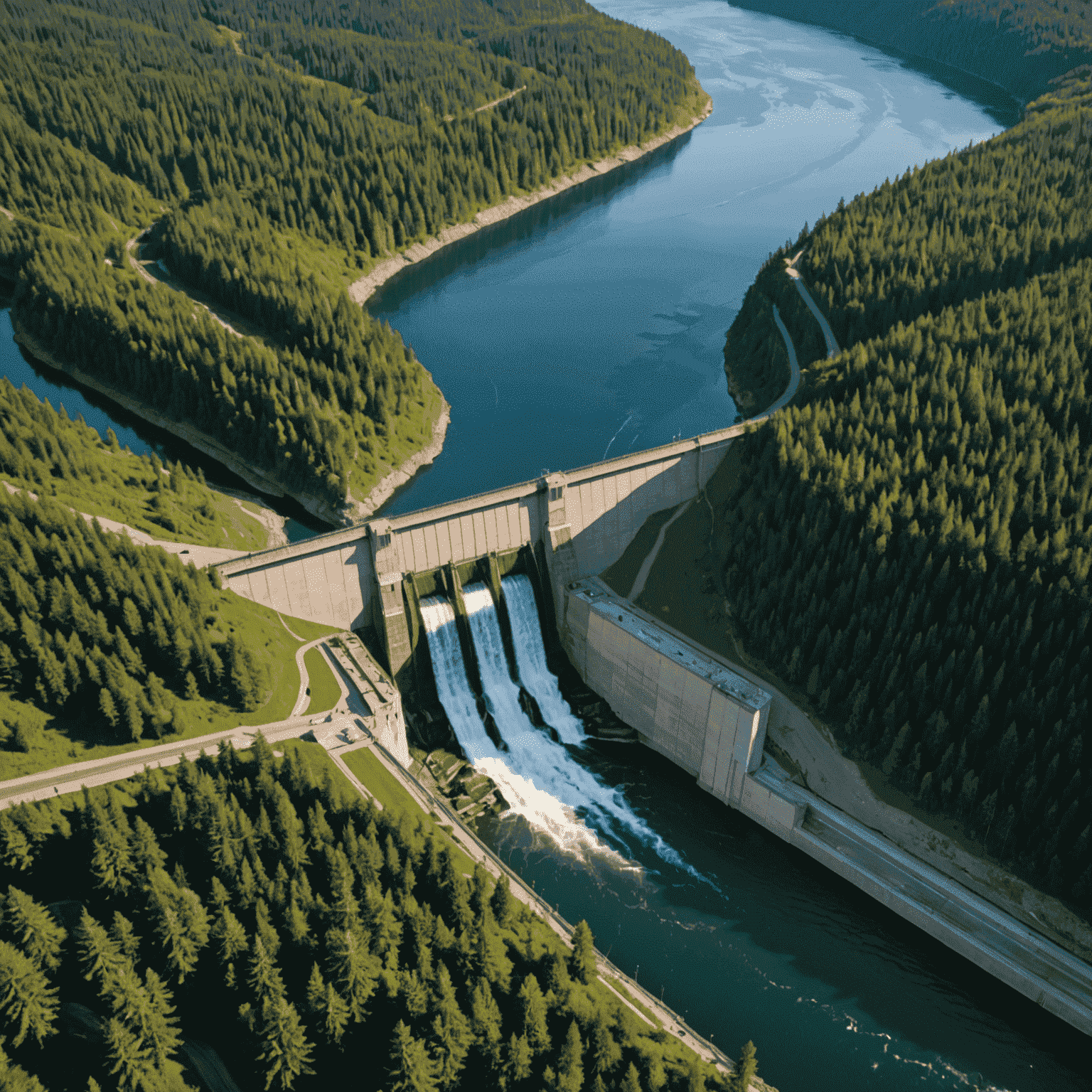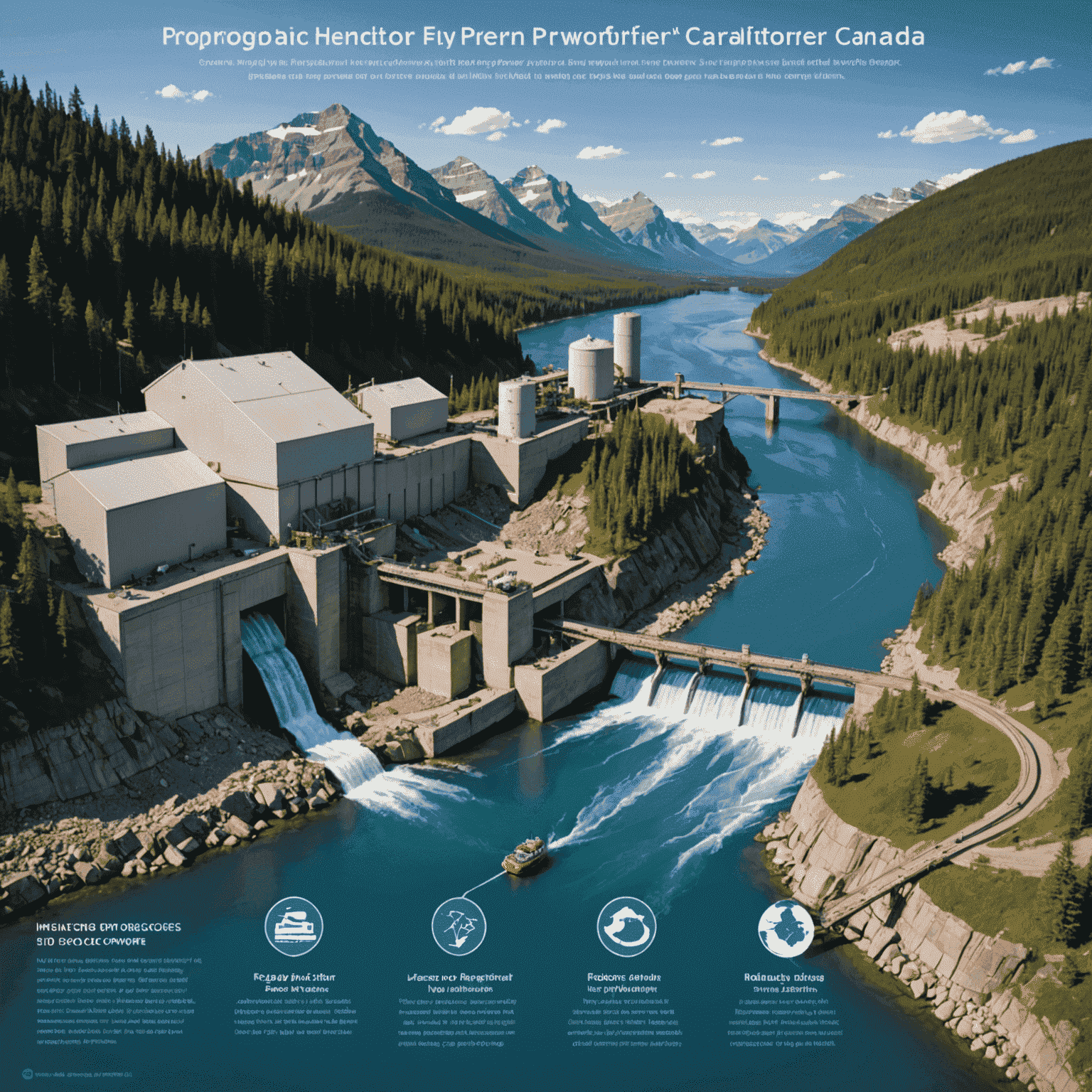Canadian Hydropower Regulations: What You Need to Know

Hydroelectric power is a cornerstone of Canada's renewable energy strategy, offering a clean and sustainable solution for energy independence. However, navigating the regulatory landscape can be complex. This comprehensive guide will walk you through the key regulations governing hydropower installation in Canada.
Federal Regulations
At the federal level, several key pieces of legislation govern hydropower development:
- Canadian Environmental Assessment Act (CEAA): Requires environmental assessments for large-scale hydropower projects.
- Fisheries Act: Protects fish habitats that may be affected by hydropower installations.
- Navigable Waters Protection Act: Ensures that hydropower projects do not impede navigation on Canadian waterways.
Provincial Regulations
Each province has its own set of regulations for hydropower development. Here's a brief overview:
British Columbia
The BC Water Sustainability Act governs water use for hydropower. Projects must obtain a water license and adhere to environmental flow requirements.
Ontario
The Ontario Water Resources Act and the Environmental Assessment Act are key pieces of legislation. The Feed-in Tariff (FIT) program provides incentives for small-scale hydropower projects.
Quebec
Hydro-Québec, the provincial utility, plays a significant role in hydropower development. The Environment Quality Act governs environmental assessments for new projects.

Environmental Considerations
Hydropower projects must address several environmental concerns:
- Fish passage and habitat protection
- Water quality maintenance
- Sediment management
- Impact on local ecosystems and biodiversity
Indigenous Rights and Consultation
Consultation with Indigenous communities is a crucial part of the regulatory process. The duty to consult is enshrined in Section 35 of the Constitution Act and has been further defined through various court decisions.
Licensing and Permitting
The licensing process typically involves:
- Feasibility studies and site selection
- Environmental impact assessments
- Public consultations
- Design and engineering plans
- Application for water use and land tenure
- Construction permits
- Operational licenses
Conclusion
While the regulatory landscape for hydropower in Canada is complex, it ensures that projects are developed sustainably and with consideration for all stakeholders. By understanding these regulations, developers can navigate the process more effectively, contributing to Canada's energy independence and green energy future.
VitalGreen Tip:
If you're considering a small-scale hydropower project for your property, start by contacting your local provincial water resource management office. They can provide guidance on the specific regulations and processes applicable to your area.